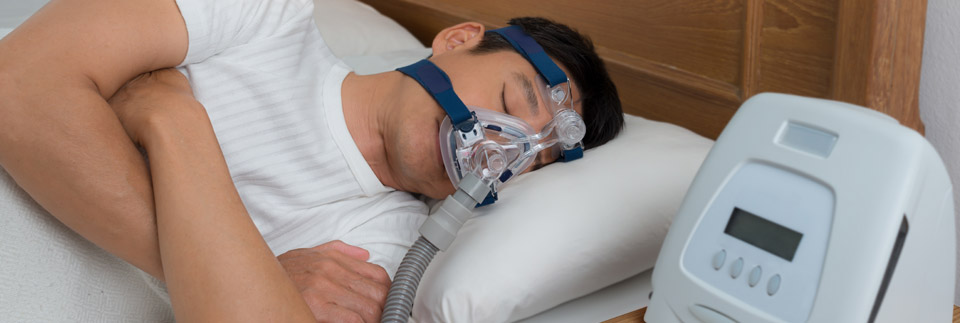What is Sleep Apnea?
"Apnea" is the temporary cessation of breathing. There are three types of apnea: obstructive, central, and mixed syndromes. Obstructive sleep apnea is the most common type of sleep apnea. Sleep apnea occurs when tissue and muscles in the back of your throat and airway relax or collapse during sleep. This can stop the flow of air and oxygen to the lungs and body. This blockage may occur hundreds of times per night. Your sleep may be interrupted, and you may not know that you have stopped breathing.
Less common is central and mixed sleep apnea. Central sleep apnea occurs because the brain doesn't send signals to the muscles that control your breathing; breathing stops and starts again intermittently. Mixed sleep apnea is a combination of obstructive and central sleep apnea.
Poor sleep that results from sleep apnea can show its effects during your day or wakefulness. You may have difficulty doing everyday tasks, be less focused and alert, and be more likely to have accidents. Sleep apnea can lead the health problems, such as high blood pressure, heart damage, heart attack, and stroke.
How is sleep apnea treated?
The gold standard for treating obstructive sleep apnea is Positive Airway Pressure (PAP) that is delivered using a mask connected to a Continuous PAP (CPAP) machine. CPAP delivers compressed air pressure through a nasal or nasal/oral mask to splint the airway open during sleep. Most people learn to sleep with a CPAP mask after an adjustment period.
PAP or a variation of PAP therapy may be used to treat central and mixed sleep apnea. The treatment may be more complex, depending upon the cause of the impaired signal from the brain to the body muscles to breathe.
